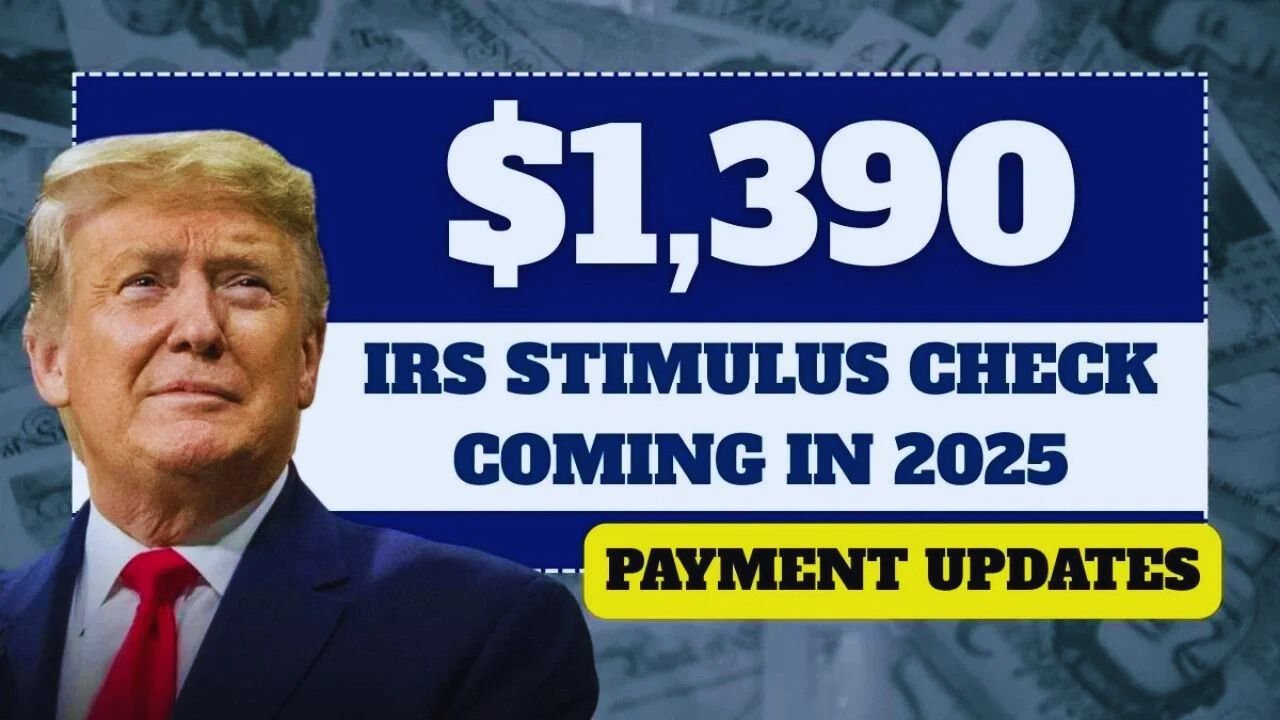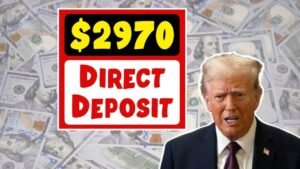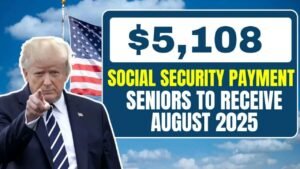The Internal Revenue Service (IRS) has rolled out a new $1,390 relief payment starting in August 2025. This one-time, tax-free financial aid aims to ease the burden of rising costs for low- and middle-income households. Whether you’re covering rent, groceries, or medical bills, this payment could provide a much-needed boost. Below, we break down who qualifies, how to claim it, and when you can expect the money.
What Is the $1,390 Relief Payment?
The $1,390 relief payment is a federal initiative designed to help Americans manage inflation-driven expenses. Similar to past stimulus checks, it offers direct financial support without affecting eligibility for federal benefits like Medicaid or SNAP. The IRS will handle distribution to ensure secure and efficient delivery.
You can use the payment for essentials like:
- Rent or mortgage payments
- Groceries and utilities
- Medical or childcare expenses
- Debt repayment
Who Qualifies for the $1,390 Payment?
Eligibility depends on your income or federal benefit status. Here’s a quick breakdown:
Income-Based Eligibility
To qualify based on income, your adjusted gross income (AGI) must fall below these thresholds:
- Single filers: $75,000 or less
- Married couples filing jointly: $150,000 or less
- Head of household: $112,500 or less
Federal Benefit Recipients
Even if your income exceeds these limits, you may still qualify if you receive:
- Social Security (Retirement, SSI, SSDI)
- Veterans Affairs (VA) benefits
- Railroad Retirement benefits
Additional Eligibility Notes
- Families may receive extra funds for dependents (details to be confirmed).
- Non-tax filers who receive federal benefits are eligible.
- Special cases, like dependent college students or recent widows/widowers, may qualify under specific IRS rules.
How to Claim the $1,390 Relief Payment
For most people, the process is hassle-free. The IRS will automatically issue payments based on your most recent tax return (2023 or 2024) or federal benefit records.
Automatic Payments
You don’t need to do anything if you:
- Filed a 2023 or 2024 tax return
- Receive Social Security, SSI, SSDI, VA, or Railroad Retirement benefits
Non-Filers
If you don’t file taxes or receive federal benefits, you’ll need to use the IRS Non-Filer Tool, expected to launch before August 2025. This tool collects your name, address, and bank account details to process the payment.
Here’s a quick guide:
| Situation | Action Needed? |
|---|---|
| Filed recent taxes | No, automatic |
| Receive federal benefits | No, automatic |
| No taxes filed, no benefits | Yes, use IRS Non-Filer Tool |
When and How Will the Payment Arrive?
The IRS will distribute payments in phases, starting in August 2025. Here’s the timeline:
- Direct Deposit: Begins August 18, 2025 (fastest option)
- Paper Checks: Mailed starting September 1, 2025
- EIP Debit Cards: Sent starting September 15, 2025, in plain envelopes from “Money Network Cardholder Services”
Track your payment status using the IRS’s Get My Payment tool, which will be updated closer to the rollout.
Is the $1,390 Payment Taxable?
Good news: the payment is completely tax-free. It won’t count as income, so it won’t affect your eligibility for benefits like Medicaid, SNAP, or housing assistance.
How to Use the $1,390 Relief Payment
There are no spending restrictions, but the IRS suggests prioritizing:
- Housing costs (rent or mortgage)
- Utilities (electricity, water, gas)
- Groceries or medical expenses
- Childcare or education costs
- Paying down debt
Avoiding Scams
Scammers may try to exploit this program. Stay safe by remembering:
- The IRS will never ask for fees to release your payment.
- Official communication won’t come via unsolicited texts, emails, or calls with links.
- Use IRS.gov for reliable updates.
- Report suspected scams to the IRS immediately.
What If You Don’t Receive Your Payment?
If your payment doesn’t arrive by December 31, 2025:
- File Form 3911 to trace your payment.
- Claim it as a Recovery Rebate Credit on your 2025 tax return.
Will There Be More Payments in 2025?
Currently, the $1,390 payment is a one-time deal. However, if inflation remains high, the IRS or Congress may consider additional relief programs. Stay tuned to IRS.gov for updates.
Key Details at a Glance
| Feature | Details |
|---|---|
| Amount | $1,390 (one-time) |
| Taxable? | No, tax-free |
| Application? | Automatic for most; non-filers use IRS Non-Filer Tool |
| Start Date | August 18, 2025 (direct deposits) |
| Delivery Methods | Direct deposit, paper check, EIP debit card |
FAQs About the $1,390 IRS Relief Payment
Do I need to apply for the payment?
No, it’s automatic for tax filers and benefit recipients. Non-filers may need to use the IRS Non-Filer Tool.
When will the payment arrive?
Direct deposits start August 18, 2025. Checks and debit cards follow in September.
Is the payment taxable?
No, it’s 100% tax-free and won’t affect benefits.
What if I don’t file taxes?
Use the IRS Non-Filer Tool if you don’t file taxes or receive benefits.
What if my payment doesn’t arrive?
File Form 3911 or claim it as a Recovery Rebate Credit on your 2025 tax return.
This $1,390 relief payment offers a lifeline for many households. By understanding the eligibility, claim process, and delivery timeline, you can ensure you receive your funds without delay. Stay vigilant against scams and check IRS.gov for the latest updates.




